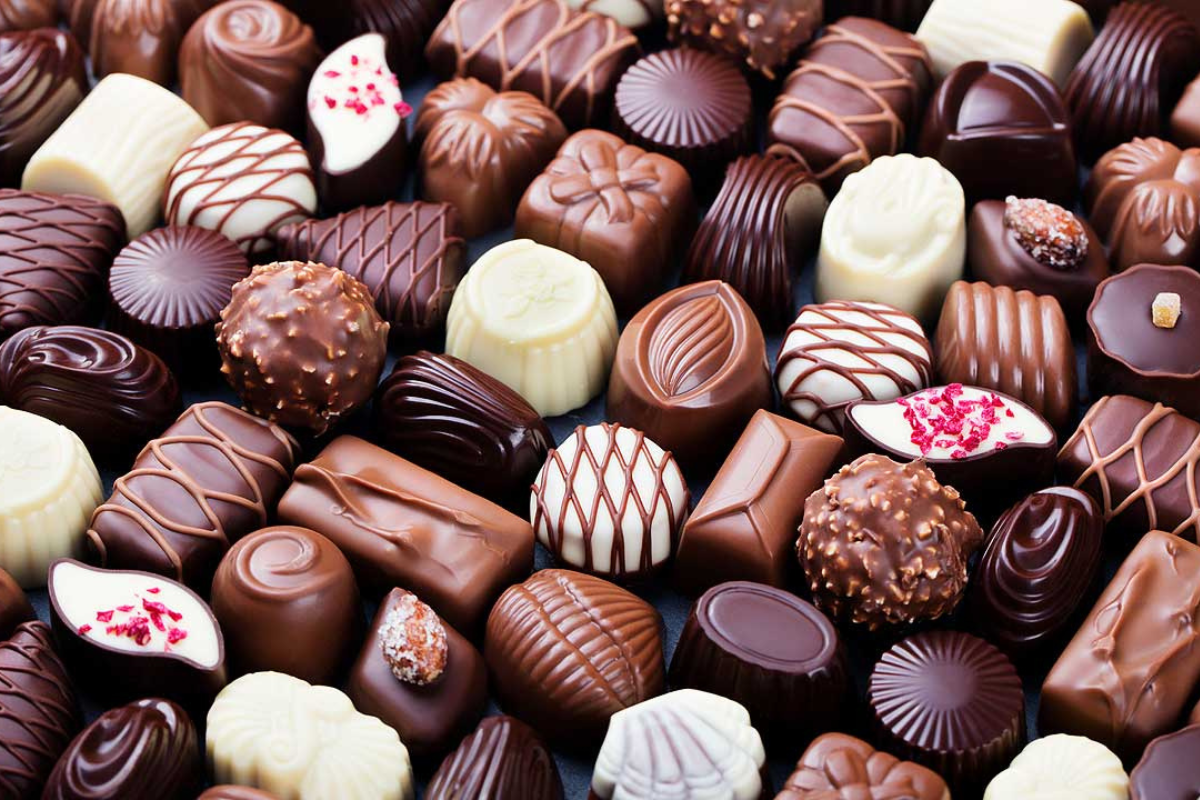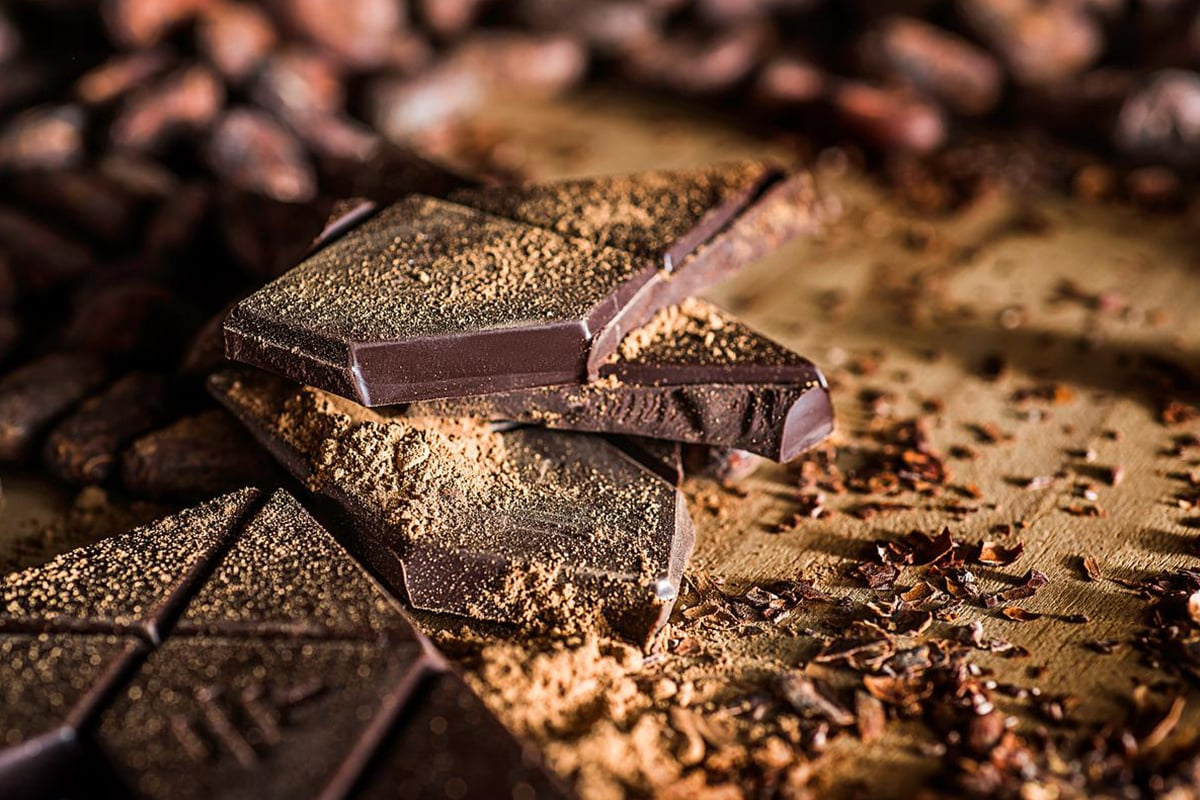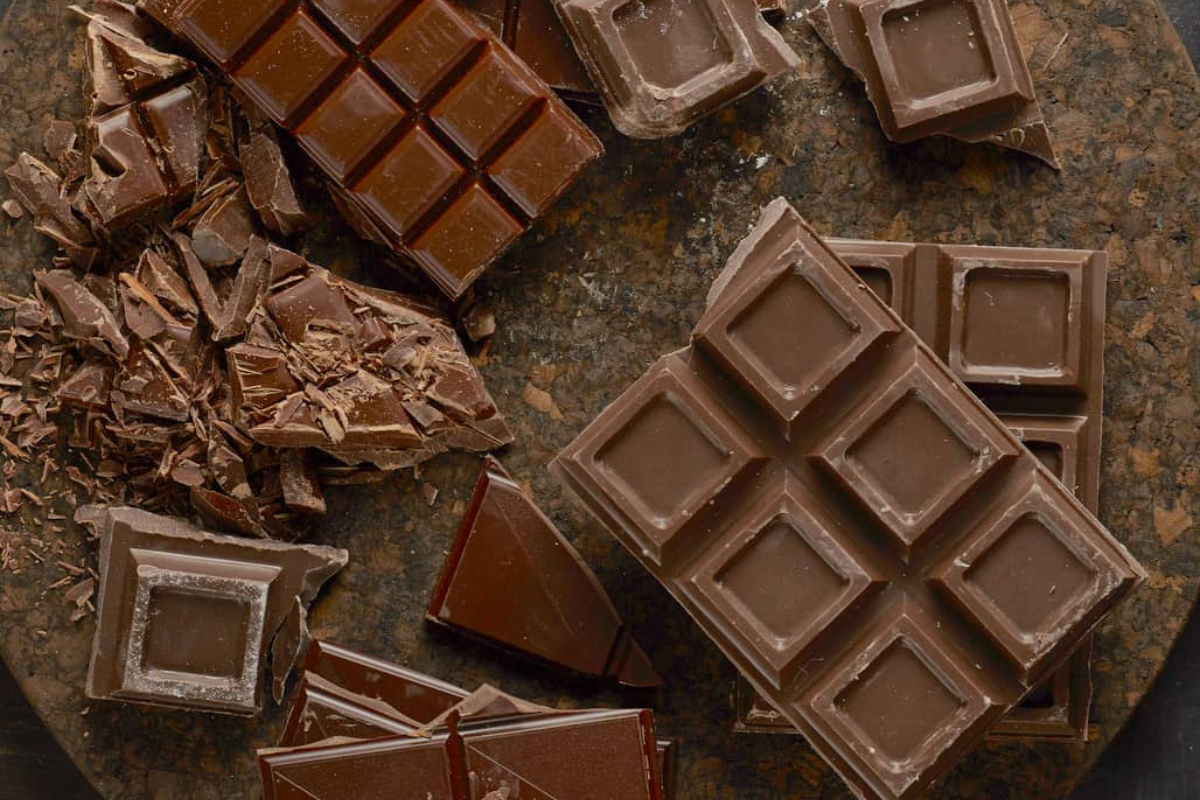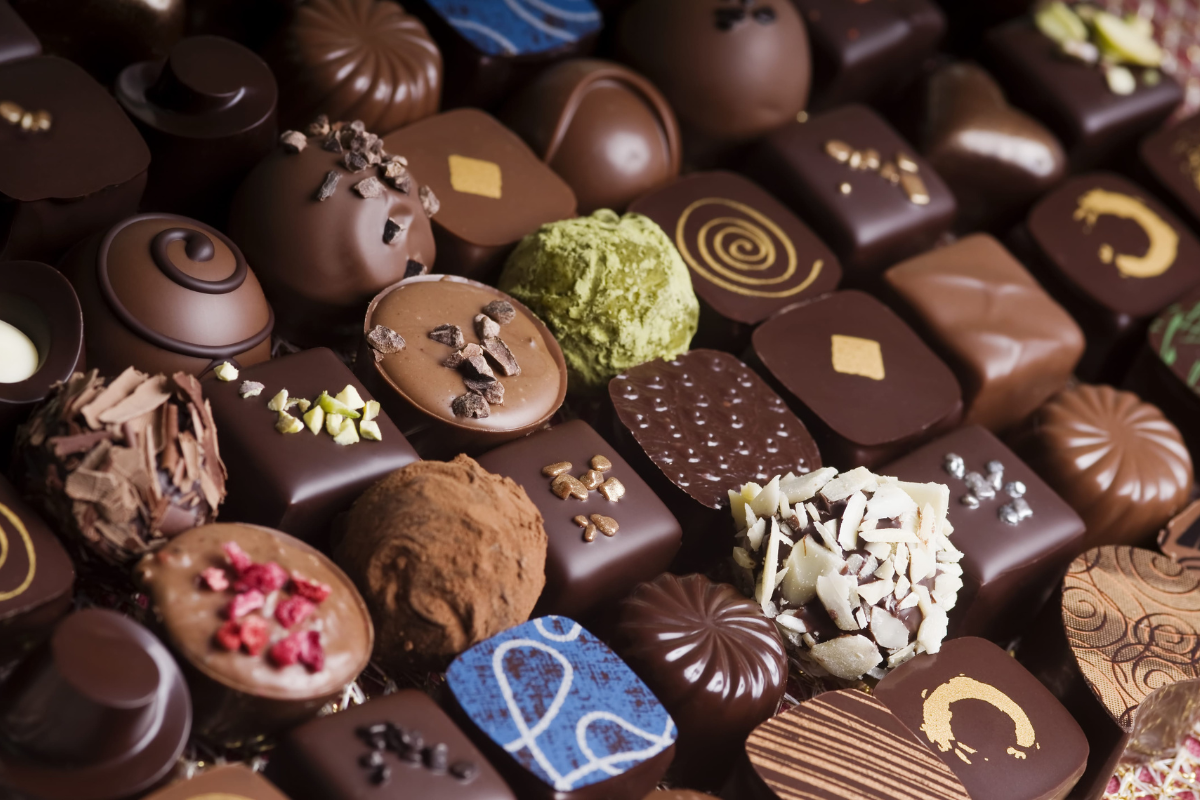Chocolate, the word evokes a sense of pure pleasure, a sweet indulgence that transcends cultures and generations. It is a captivating treat enjoyed by children and adults, holding a special place in countless celebrations and everyday moments. This delectable concoction, crafted from the humble cocoa bean, has woven itself into the fabric of our global experience, becoming a beloved gift that speaks volumes of affection and appreciation.

Photo: Get Info List
The history of chocolate stretches back centuries, originating in Mesoamerica. The Aztecs, who called it ‘xocolatl,’ revered it as a precious drink reserved for royalty and religious ceremonies. The Spanish conquistadors encountered this unique beverage in the 16th century, adding their own twist by incorporating sugar and cinnamon, transforming it into a sweet and enticing treat. Over time, chocolate’s popularity surged throughout Europe, eventually reaching other parts of the world and evolving into the diverse forms we know and love today.
Chocolate’s appeal lies not only in its rich history but also in its captivating versatility. From the deep, bittersweet notes of dark chocolate to the smooth, milky goodness of milk chocolate, the flavor spectrum offers something for every palate. White chocolate, with its delicate vanilla essence, adds another dimension, while nuts, fruits, spices, and other ingredients create an endless array of taste sensations.
Chocolate has become an iconic symbol of love, appreciation, and celebration. A box of chocolates, beautifully presented, conveys warmth and affection on special occasions like birthdays, anniversaries, and holidays. Gifting chocolate goes beyond just the taste; it is a gesture of thoughtfulness, expressing care and sweetness towards the recipient.
Chocolate’s cultural tapestry: A journey through traditions
Chocolate transcends its deliciousness, becoming deeply woven into the fabric of various cultures across the globe. In Mexico, where the cocoa bean originated, it held significant spiritual and social importance. The Mayans used cocoa beans as currency and offered them as ceremonial offerings to their gods. The Aztecs believed it to be a gift from the god Quetzalcoatl and consumed it as a frothy drink reserved for royalty and warriors.

Photo: Telegraph
Across the Atlantic, chocolate took on a different role in Europe. Initially introduced as a bitter beverage, it gradually gained popularity among the elite. In Spain, chocolate became associated with religious celebrations and consumed during fasting periods due to its perceived energy-boosting properties. As sugar became more readily available, chocolate transformed into a sweet indulgence, paving the way for its modern forms.
The impact of chocolate extends far beyond historical accounts. In Japan, chocolate gifting plays a significant role in Valentine’s Day traditions, with women typically gifting chocolates to men. In Switzerland, home to some of the world’s renowned chocolatiers, chocolate-making is considered an art form passed down through generations.
Chocolate’s influence even reaches religious practices. In Mexico, communities celebrate “Día de Muertos,” the Day of the Dead by offering chocolate alongside other offerings to honor deceased loved ones. These diverse cultural applications showcase chocolate’s ability to transcend boundaries and hold unique significance in various societies.
Beyond childhood indulgences, chocolate has served as a bridge to other cultures. From experiencing the rich, spiced hot chocolate in Mexico to indulging in the delicate truffles of Belgium, each unique chocolate encounter has sparked a curiosity about the traditions and stories behind it.
The balancing act: Health benefits and drawbacks of chocolate
Chocolate holds a complex position in the realm of health. While research suggests potential benefits, particularly with dark chocolate varieties boasting high cocoa content, it’s crucial to acknowledge the potential drawbacks associated with excessive consumption.
On the positive side, dark chocolate is rich in antioxidants called flavanols, which studies suggest might offer some protection against cardiovascular disease. These antioxidants may help improve blood flow and reduce inflammation, potentially playing a role in lowering blood pressure. Additionally, dark chocolate may enhance cognitive function, with some research indicating improved memory and learning in individuals who consume it in moderation.

Photo: Atonce
However, it’s important to remember that most commercially available chocolate products are not created equal. Many are loaded with sugar, fat, and added ingredients that can negate any potential health benefits. Excessive consumption of these types of chocolate can contribute to weight gain, increase the risk of type 2 diabetes, and negatively impact dental health.
Therefore, it’s essential to approach chocolate consumption with moderation and awareness. Opting for dark chocolate with a high cocoa content (70% or higher) and limiting portion sizes is key to potentially reaping the benefits while minimizing the drawbacks. Remember, chocolate is best enjoyed as part of a balanced and healthy diet.
Beyond the bar: Exploring the diverse delights of chocolate
Truffles and pralines: Truffles and pralines represent the epitome of chocolate indulgence. With their rich ganache centers enrobed in a chocolate shell, truffles offer a melt-in-your-mouth experience. Pralines, often filled with creamy fillings like hazelnut or caramel and encased in delicate chocolate, provide a delightful mix of textures and flavors. These bite-sized delights are perfect for special occasions and make exquisite gifts, showcasing the artistry of chocolatiers.
Chocolate bars: The humble chocolate bar is a timeless staple, yet it offers endless possibilities for exploration. Classic milk chocolate bars provide smooth, comforting sweetness, while dark chocolate bars boast a depth of flavor and varying cocoa percentages for different intensities. Bars infused with nuts, fruits, spices, or sea salt cater to adventurous palates, offering unique and exciting taste sensations. From simple bars to gourmet creations, their versatility makes them beloved by all.

Photo: The World Ans
Molded chocolates: When chocolate takes shape, it becomes a canvas for creativity. Molded chocolates come in whimsical designs, from delicate seashells and playful animals to intricate geometric patterns. They can be filled with delectable ganaches, liqueurs, or flavored creams, providing a delightful surprise with each bite. These sculpted delights not only satisfy our sweet tooth but also engage our visual senses.
Hot chocolate: Hot chocolate transcends mere beverage status. It is an experience of warmth and comfort. Whether made with rich dark chocolate, creamy milk chocolate, or even spiced variations, it offers a moment of pure indulgence. Topped with whipped cream, marshmallows, or a dusting of cinnamon. Each cup becomes a customizable masterpiece, ideal for cozy evenings and special moments.
The world of chocolate is constantly expanding. Chocolate-covered fruits combine freshness with sweetness. Bark varieties, varieties with their vibrant mix-ins of nuts, pretzels, candies, or even bacon, create a delightful textural adventure. Adventurous chocolatiers offer unique combinations like chili-spiced chocolate or floral-infused creations, pushing the boundaries of flavor profiles and catering to sophisticated palates.

